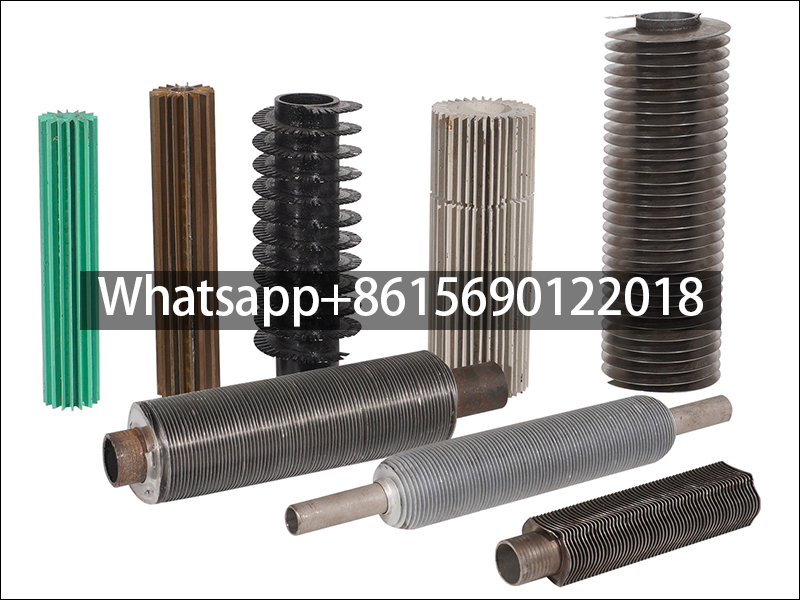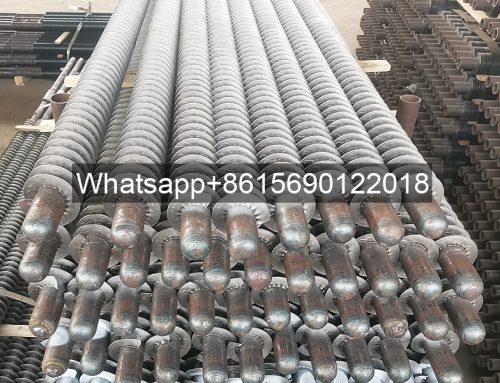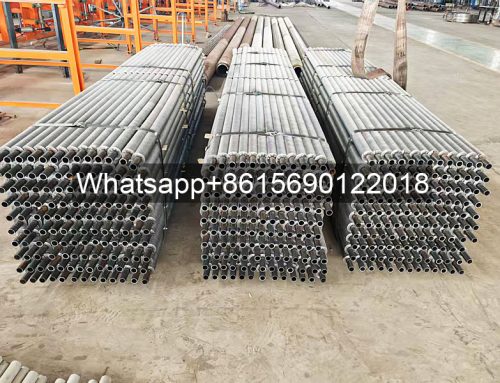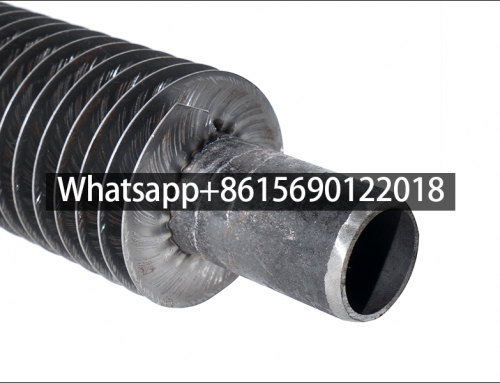Project Description

Product Name: Fin Pipe Manufacturer and Supplier
- Leave Your Message
Fin Pipes for Heat Exchanger
Fin pipes are high-efficiency heat exchange elements that enhance heat transfer through extended surfaces (fins), widely used to improve heat exchange efficiency for gaseous or liquid media. Structured classification and technical analysis are provided below:
I. Fin Pipes Core Types & Structural Characteristics
-
Classification by Manufacturing Process
- Rolled Finned Tubes: Base tube and fins integrally formed via rolling (e.g., low-fin tubes, integral spiral finned tubes). Contact thermal resistance approaches zero, extending lifespan by 3× or more.
- Welded Finned Tubes: Composite heterometallic materials (e.g., copper-aluminum) using high-frequency/laser welding. Latest patents support joint spacing adjustment to prevent deformation.
- Special Structures
- T-shaped Finned Tubes: Spiral ring tunnels rolled on the surface. Boiling heat transfer coefficient reaches 1.6–3.3× that of bare tubes, with startup temperature difference as low as 2–4°C.
- Low-fin Tubes: Finning ratio of 2–3. Self-cleaning via thermal expansion/contraction, with strong antifouling properties.
-
Material Combinations
- Base Tubes: Carbon steel, stainless steel (304/316), copper, titanium (corrosion-resistant applications).
- Fins: Aluminum (lightweight, low-cost), copper (high thermal conductivity), steel (pressure-resistant requirements).
II. Fin Pipes Performance Advantages & Technical Parameters
| Property | Value/Description | Source |
|---|---|---|
| Heat Transfer Efficiency | T-shaped tubes in R113 medium achieve 10× heat transfer coefficient of bare tubes; reboiler heat exchange area reduced by 30%. | Industry testing |
| Energy Efficiency | Steel finned tubes improve thermal efficiency by 30% vs. traditional heating systems; reduce operational costs in farms. | Field applications |
| Degradation Resistance | Rolled monolithic structure eliminates weld cracking; hydrophilic/anticorrosion coatings resist fouling & corrosion. | Technical reports |
| Key Parameters | Fin height, pitch, and thickness directly impact efficiency; fin efficiency decreases with increasing height. | Thermodynamic principles |
III. Fin Pipes Applications & Scenario Compatibility
- Industrial Sector
- Petrochemicals: T-shaped tubes in alkylation unit reboilers operate stably at 33% overload.
- Power Equipment: Spiral finned tubes used in boiler economizers/waste heat recovery, reducing exhaust gas temperature.
- Civilian Sector
- Livestock Temperature Control: Steel finned tube radiators enable dual-season temperature regulation with smooth, easy-clean surfaces.
- Central HVAC: Composite finned tubes (copper base + aluminum fins) balance cost and thermal conductivity.
IV. Fin Pipes Procurement & Manufacturing Guidelines
- Process Selection
- Prioritize rolled-process suppliers (Datang,Cangzhou City,Hebei Province, China) to ensure fin-base tube interfacial bond strength.
- Laser welding suits high-precision joint spacing adjustment, avoiding installation stress.
- Customization Parameters
- Tailor fin height (affects turbulence), coatings (anticorrosion/wear-resistant), and tube diameter (pressure requirements) to operational conditions.
- Quality Assurance
- Verify brazing process compatibility to prevent intercooler fin weld failures.
- Compliance standard: JB/T 11248-2012 (Technical Specifications for Metal Composite Finned Tubes).





